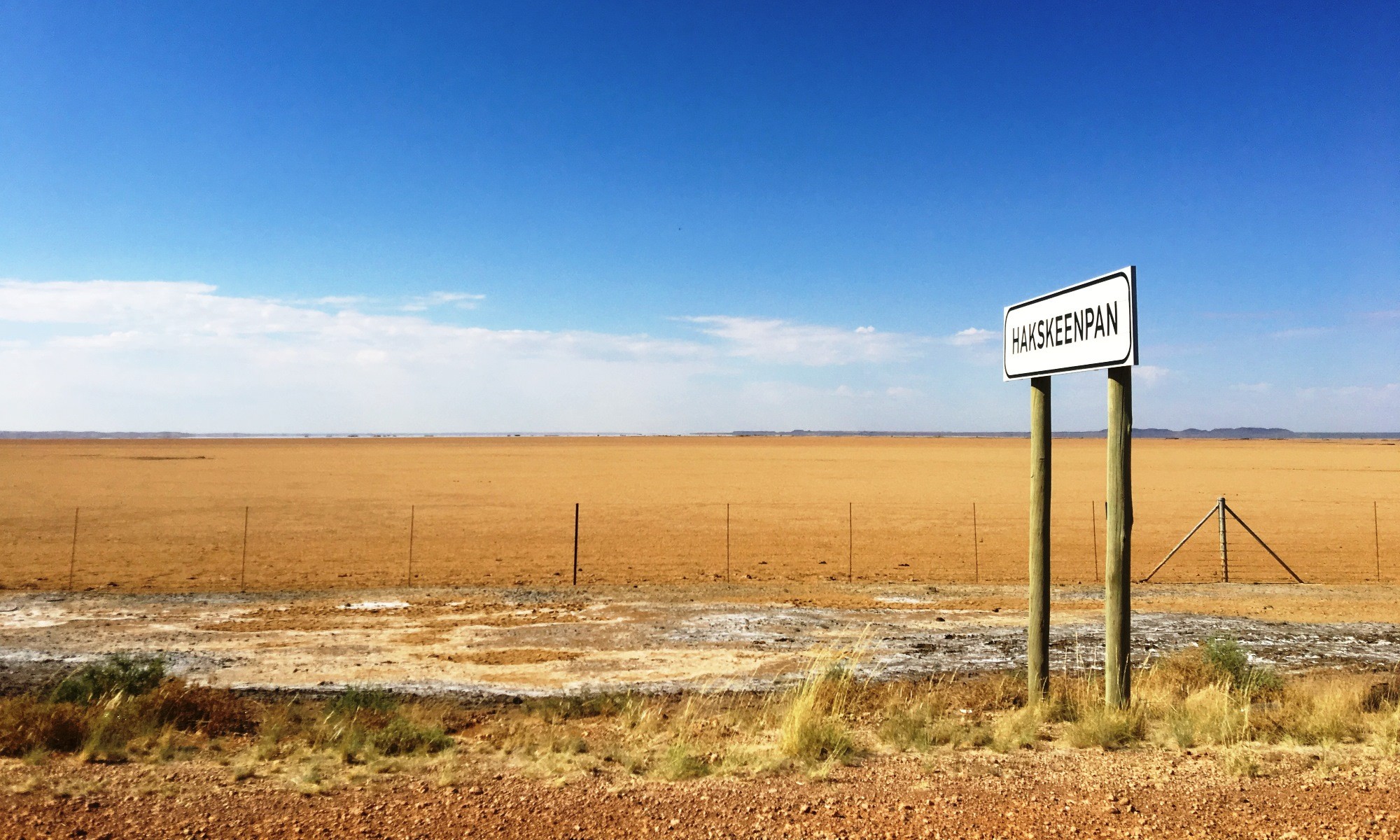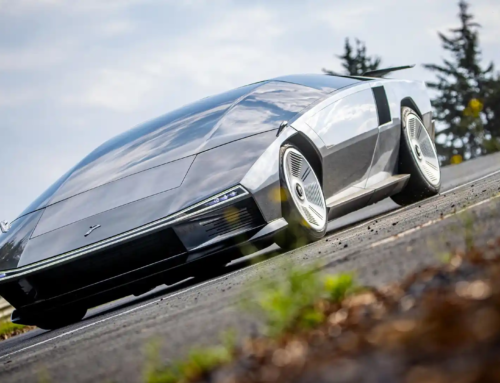Most fans of speed and power will already have heard of the Bloodhound project. We’ve covered this topic before (here) but since then the team lost its sponsor and was picked up by a new benefactor shortly after. Exciting news for local fans is that we will see Bloodhound LSR in SA this year.
Back on track
After the slight hiccough with funding, the rejuvenated Bloodhound project is back on track. Earlier this week it was confirmed that the supersonic machine will be making its way from the UK to the Hakskeen Pan in the Northern Cape, SA in October of this year to conduct high-speed tests.
The vehicle has been rebranded as Bloodhound LSR (for Land Speed Record). In testing the team wants to push Bloodhound LSR in SA through to around 800 km/h. Bloodhound will conduct the high-speed tests with a Rolls-Royce Eurofighter jet engine. The speed it will attain is near double that of the current fastest road cars on sale today, such as the SSC Tuatara.
In doing so they will easily break through the existing South African land speed record. The team will return to SA late in 2020 to break the world record, currently 1 228 km/h, that has been standing since October 1997. To do so an additional rocket engine will be fitted to the car. The man behind the wheel on both occasions will be the current record holder, RAF Wing Commander Andy Green (pictured).
Local help
More than 300 local volunteers helped prep part of the Hakskeen Pan, clearing 16 500 tons of rocks from the 22 km2 stretch to create 12 suitable tracks. Each track is 16 km long and 500 m wide. Multiple tracks are required because Bloodhound will chew up the surface of the dry lake as it crosses at high speed.
In his own words
“I’m thrilled that we can announce Bloodhound’s first trip to South Africa for these high-speed testing runs,” said Ian Warhurst, the man who saved the project last year. “This world land-speed-record campaign is unlike any other, with the opportunities opened up by digital technology that enabled the team to test the car’s design using computational fluid dynamics (CFD) and that will allow us to gather and share data about the car’s performance in real time. In addition, we’re running the car on a brand new surface. The wheels have been designed specifically for this desert lakebed, but it will still be vital to test them at high speeds before making record-speed runs.
“This is new territory for the Bloodhound project. Six months ago, all this seemed a long way out of reach, but this is a reality now. We’re paying out funds as we speak; we’re financially committed to going (to South Africa).”







![Chevrolet Corvette ZR1X: An American Hypercar [w/video]](https://doubleapex.co.za/wp-content/uploads/2025/06/Corvette-ZR1X-with-aero-kit-500x383.webp)
![2025 FIA WEC 24 Hours of Le Mans: Race Report and Ramblings [w/video]](https://doubleapex.co.za/wp-content/uploads/2025/06/2025-FIA-WEC-24-Hours-of-Le-Mans-start-500x383.webp)
Leave A Comment